Astonishingly, the last major survey show of Australian art in this country was mounted more than half-a-century ago. Then it was the innovative writer, critic and museum director Bryan Robertson who staged Recent Australian Painting at the Whitechapel Art Gallery in 1961, a show he consolidated by monographic exhibitions of Sidney Nolan, Roy de Maistre and Arthur Boyd, also at the Whitechapel. Later Robertson also wrote extensively about Brett Whiteley, but his one-man Australian project was not taken up by other curators. Although Nolan and Boyd have had their supporters here (particularly Nolan), Australian art has for far too long remained not just a closed book but an unknown quantity in the UK, too.
Inevitably the RA’s long overdue and most welcome survey is a substantial display, covering as it does two centuries of artistic achievement throughout the continent, with more than 200 works by 146 artists. Impossible to absorb all that (in any meaningful way) during a single visit, so it’s advisable either to return several times, or be selective. People will have their preferences: not everyone likes the bold dotted patterning of Aboriginal painting, however essential a part of Australia’s artistic make-up it may be. Others will want to concentrate on the modern movement and not give so much time to the colonial period. But it has to be said that there are superb things to be seen in all sections of the exhibition, and, although the focus is firmly upon the influence of the landscape, the variety of work on view is exceptionally rich and exciting.
The first gallery is devoted to Aboriginal art and contains a vast collaborative ceremonial ground painting by Martumli artists, entitled ‘Ngayarta Kujarra’ (2009), depicting a large expanse of salt lake. Here the pattern and detail is all in the fringes, the activity (as in so many 20th-century American abstract paintings) reserved to the edges. Above the entrance into the next space (Gallery 3 has been subdivided for this exhibition) is a huge black and white painting by Emily Kame Kngwarreye called ‘Big Yam Dreaming’ (1995), a great embroilment of white lines on a black ground, based on the yam’s roots, and looking very much like the elegant painterly meanders of Brice Marden. Below it is an example of the sewn or studded hide look of Rover Thomas, in this case evoking Cyclone Tracy. Compare the more emphatic repeat patterning of John Mawurndjul’s ‘Mardayin Design at Dilebang’, done on eucalyptus bark, or Gulumbu Yunupingu’s ‘Garak the Universe’ (2007), on stringybark.
From here we travel back from the present into the past and revisit Colonial art, early and late. There are some rather beautiful paintings here, such as the great expanse of sky in ‘The Flood in the Darling’ (1890) by W.C. Piguenit and ‘Bushfire’ by Eugene von Guérard. Earlier still are the fine group of works by John Glover, successful painter of the English Lakes who emigrated to Tasmania aged 64, and produced such memorable and eye-catching images as ‘A Corroboree of Natives in Mills Plains’ (1832), with its succulent pink-trimmed sky; a view of his house and garden; and a broad landscape called ‘Cawood on the Ouse River’, showing him to be a dab hand at speckled hills and packed patterning. There are also a number of excellent watercolours, by George French Angas, John Skinner Prout and E.C. Frome.
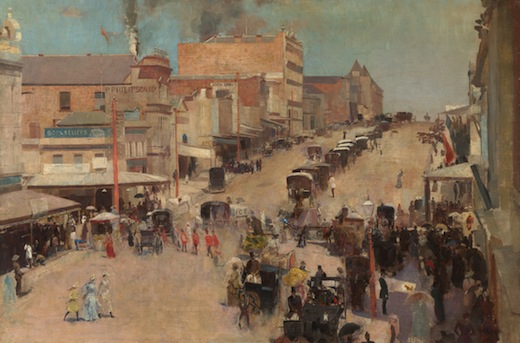 Allegro con brio: Bourke Street west c.1885-86, Tom Roberts
Allegro con brio: Bourke Street west c.1885-86, Tom Roberts
Australian Impressionism is the next big subject, the gallery dominated by Arthur Streeton’s impressive ‘Fire’s On’ (1891). To the left hangs ‘Evening’ by Tom Roberts, flushed with pale magenta pink, the details of the landscape appearing enhanced before they are lost in shadow. To the right hangs another Roberts, a rather beguiling street scene heading off over the horizon. Streeton is very good, as one might expect, but there are also surprises such as ‘Moonrise’ by David Davies, scruffy and scratchy in comparison, but with an effective rawness of emotion and handling. Charles Conder is one of the most remarkable artists here, with marvellous examples of his work on the wall and in flat cabinets. Perhaps the finest are ‘A Holiday at Mentone’ and the exquisite ‘Bronte Beach’: notable for their delicacy and Japanese simplification. We should see more of him.
Even the room of Federation Landscapes, with its echoes of post-Victorian sentimental genre (Frederick McCubbin) is redeemed by an increasing abstraction, and the Early Modern room offers interesting things by Grace Cossington Smith and Jessie Traill. The exhibition really changes gear with Section 7: Late Modernism and a group of Sidney Nolan’s Ned Kelly images, of which the key-headed silhouette of Kelly on horseback will be the most familiar. Actually, Nolan’s ‘Pretty Polly Mine’ (1948), hanging at right angles to the outlaw pictures, is in some ways a better painting.
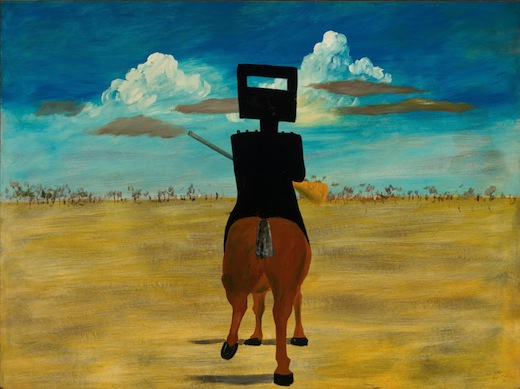 Ned Kelly by Sidney Nolan, 1946
Ned Kelly by Sidney Nolan, 1946
Arthur Boyd gets a look-in, and then a group of lesser-knowns strike sparks: Margaret Preston, Horace Trenerry, Dorrit Black, Lloyd Rees. Russell Drysdale and Jeffrey Smart join the throng. Early Contemporary (Section 10), which sounds like a Betjeman poem, is for me the heart of the exhibition, featuring the abstracted lyrical landscapes of Fred Williams, Ian Fairweather’s ‘Monsoon’, a vast Arthur Boyd on the end wall, and John Olsen’s tentacular sun ceiling painting above. The subsequent rooms are disappointing, apart from guest appearances by Elisabeth Cummings, Rosalie Gascoigne and John Beard.
But perhaps the best is yet to come? Australia is relatively young in terms of art and may have much more to offer. This survey emphasises the landscape and presumably there could be alternative readings. Certainly there are lacunae. The exhibition is particularly low on sculpture, seeming to imply that Australia lacked significant sculptors until Kathy Temin came along in 2012 to produce a group of fluffy white objects. What about the constructivist Robert Klippel (1920–2001) or Clem Meadmore (1929–2005)? Is sculpture such a poor relation of painting that it can be left out with impunity?
And when it comes to painters, it would have been good to see more work by Arthur Boyd and Jeffrey Smart. I can see the point of including several Nolans, as he’s the best known modern Australian artist and it’s important for visitors to recognise something in a field of unknowns, but there are six of his paintings as against a single Smart and a solitary Whiteley, and nothing at all by Charles Blackman (born 1928) or Colin Lanceley (born 1938). Selection of course is selective, but a show like this also needs to be representative. The problem lies in maintaining the balance.
If this new survey helps to pave the way for solo museum shows of individuals such as Conder, Boyd, Smart and Williams, then it will have more than served its purpose; as well as bringing us much instruction and entertainment into the bargain.
Got something to add? Join the discussion and comment below.
Get 10 issues for just $10
Subscribe to The Spectator Australia today for the next 10 magazine issues, plus full online access, for just $10.
You might disagree with half of it, but you’ll enjoy reading all of it. Try your first month for free, then just $2 a week for the remainder of your first year.

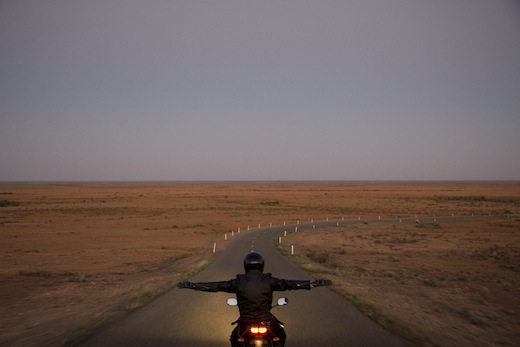
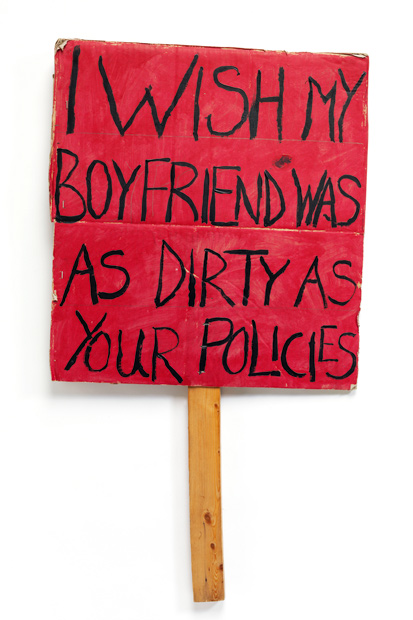
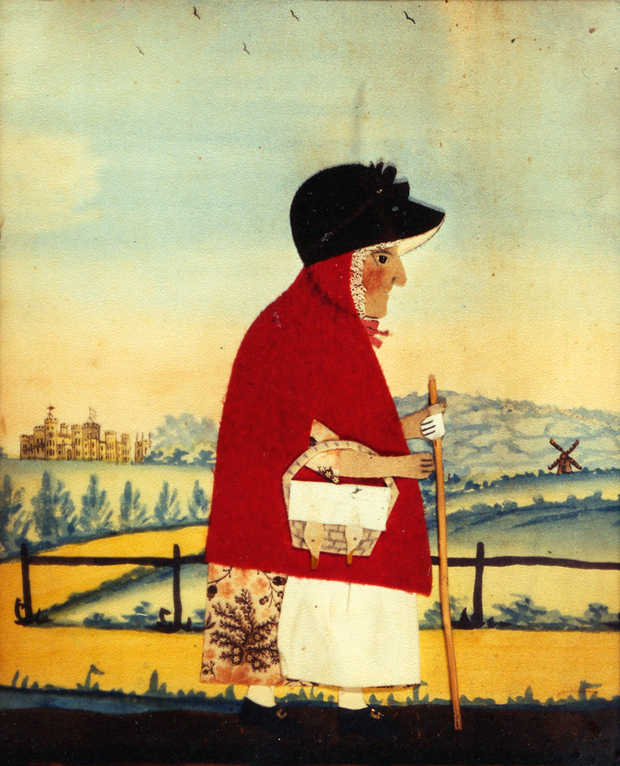
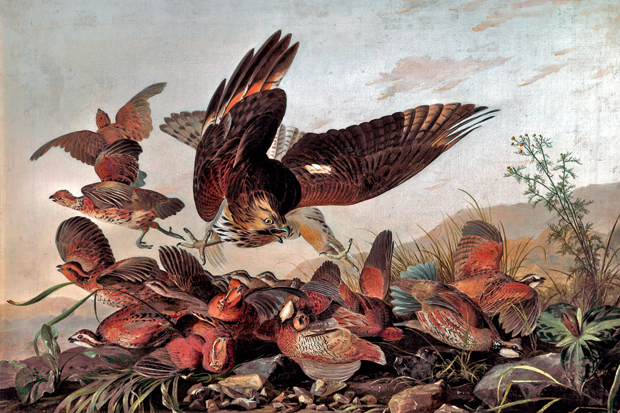
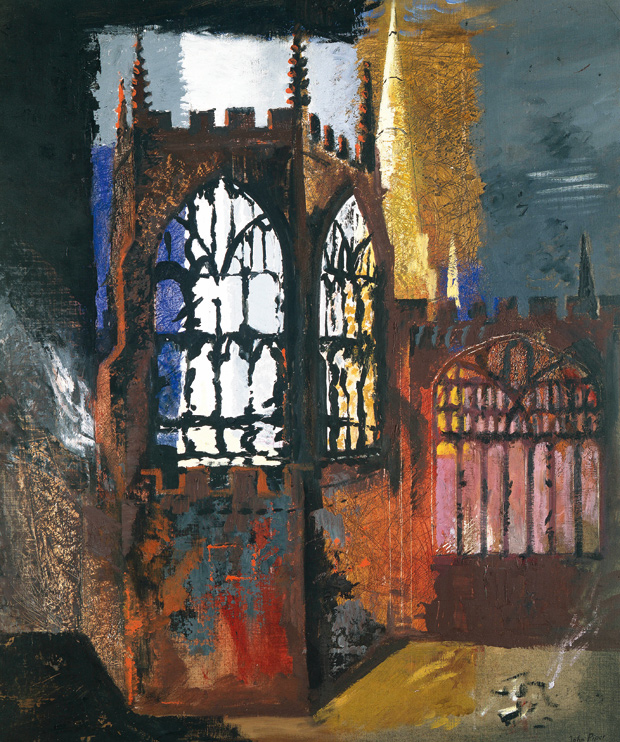
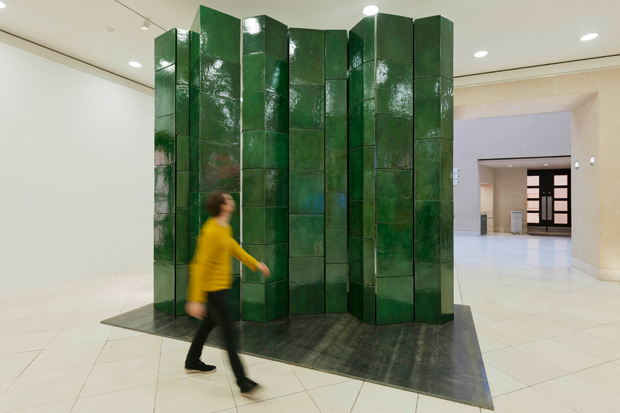
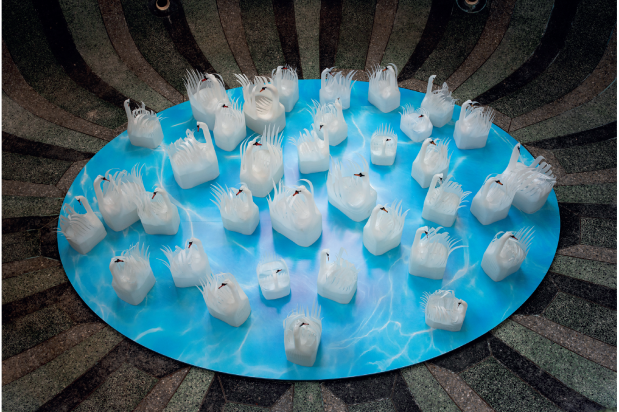






Comments
Don't miss out
Join the conversation with other Spectator Australia readers. Subscribe to leave a comment.
SUBSCRIBEAlready a subscriber? Log in